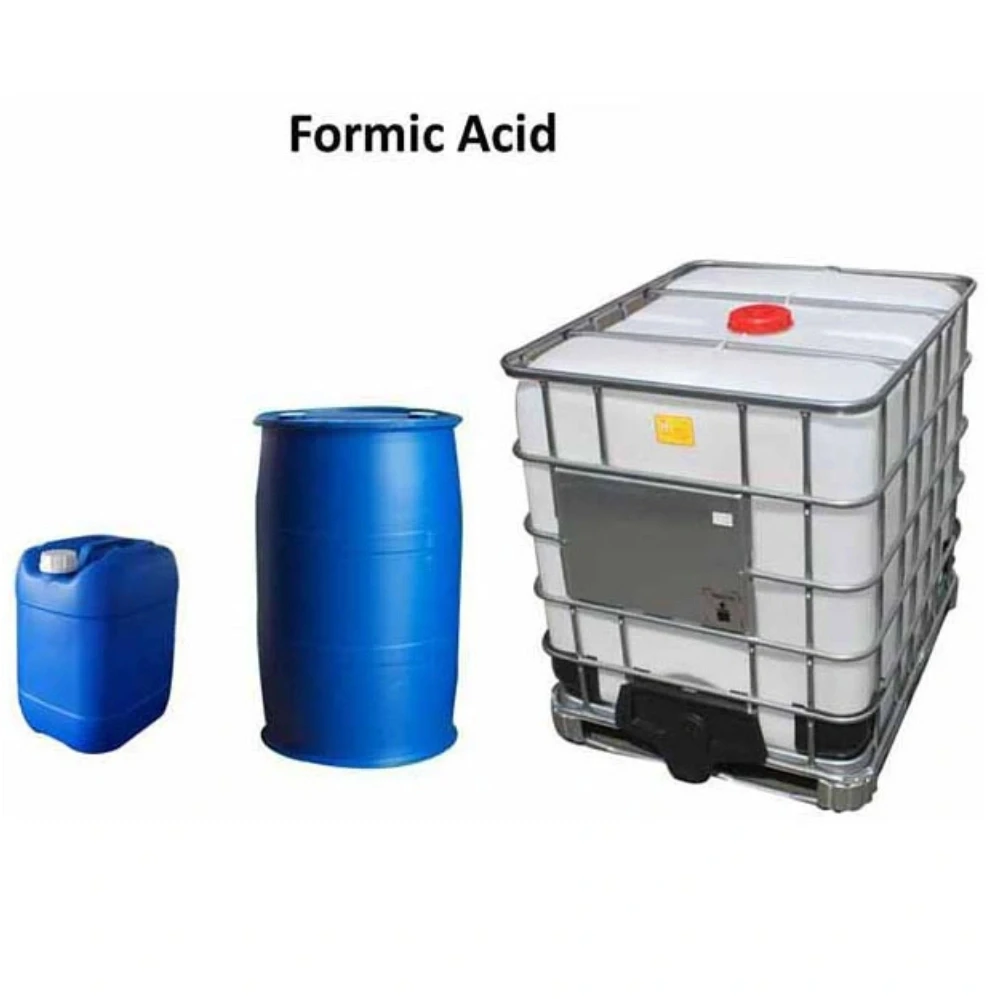



Effectiveness of Sodium Bisulfate Solution in Various Chemical Applications
Understanding Sodium Bisulfate Solution Properties, Applications, and Safety
Sodium bisulfate, also known as sodium hydrogen sulfate (chemical formula NaHSO₄), is a versatile chemical compound extensively used in various industries. When dissolved in water, sodium bisulfate forms a solution that possesses unique properties and has multiple applications ranging from pH regulation to cleaning agents. This article explores the characteristics of sodium bisulfate solution, its common uses, and safety considerations for handling it.
Properties of Sodium Bisulfate Solution
Sodium bisulfate is an acidic salt that results from the partial neutralization of sulfuric acid (H₂SO₄) with sodium carbonate (Na₂CO₃). In solution, sodium bisulfate dissociates into sodium ions (Na⁺) and bisulfate ions (HSO₄⁻). The pH of a sodium bisulfate solution typically ranges from 1.5 to 3.0, making it an effective acidifying agent in various chemical processes.
One of the notable characteristics of sodium bisulfate solution is its ability to act as an acid. The bisulfate ion can further dissociate into sulfate ions (SO₄²⁻) and protons (H⁺) in aqueous solutions, contributing to its acidic nature. This attribute makes sodium bisulfate highly useful in applications where pH control is crucial.
Applications of Sodium Bisulfate Solution
1. pH Adjustment One of the primary uses of sodium bisulfate solution is in the adjustment of pH levels in swimming pools, aquariums, and industrial processes. It effectively lowers the pH without significantly altering total alkalinity, making it a preferred choice for maintaining optimal water chemistry.
2. Cleaning Agent Sodium bisulfate is often included in formulations for cleaning products, especially those designed to remove scale, lime deposits, and mineral buildup. Its acidic nature helps break down tough stains and residues, making it effective in household and industrial cleaning applications.
sodium bisulfate solution

3. Food Additive In the food industry, sodium bisulfate is recognized as a food additive (E514) used primarily as a pH regulator and to enhance the flavor of processed foods. It acts as a preservative by inhibiting the growth of bacteria, molds, and yeasts, extending the shelf life of food products.
4. Chemical Manufacturing Sodium bisulfate solution plays a role in various chemical manufacturing processes, including the production of sulfuric acid, dyes, and other chemicals. It acts as an intermediate in chemical reactions, providing a controlled acidic environment that can enhance yield and reaction rates.
5. Laboratory Uses In laboratories, sodium bisulfate is used in titrations and as a reagent in various chemical analyses. Its properties make it valuable for studying acid-base reactions and determining concentrations in solutions.
Safety Considerations
Although sodium bisulfate solution is widely used and generally safe for its intended applications, it is important to handle it with care. The solution is corrosive and can cause skin and eye irritation upon contact. It is advisable to wear appropriate protective gear, such as gloves and goggles, when handling this chemical.
In cases of accidental exposure, it is crucial to rinse the affected area with plenty of water and seek medical attention if necessary. As with all chemicals, storage should be in a cool, dry place, away from incompatible substances, to prevent unwanted reactions.
Conclusion
Sodium bisulfate solution is a powerful and versatile compound with numerous applications across various sectors. Its ability to act as an effective acid makes it invaluable for pH adjustment, cleaning, and food preservation. However, safety must remain a priority when handling this chemical. Understanding its properties and responsibilities will ensure its effective and safe use in both industrial and domestic applications.
-
Why Sodium Persulfate Is Everywhere NowNewsJul.07,2025
-
Why Polyacrylamide Is in High DemandNewsJul.07,2025
-
Understanding Paint Chemicals and Their ApplicationsNewsJul.07,2025
-
Smart Use Of Mining ChemicalsNewsJul.07,2025
-
Practical Uses of Potassium MonopersulfateNewsJul.07,2025
-
Agrochemicals In Real FarmingNewsJul.07,2025
-
Sodium Chlorite Hot UsesNewsJul.01,2025










